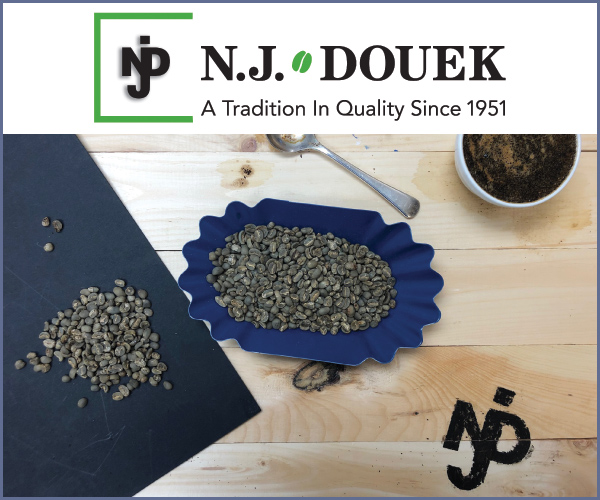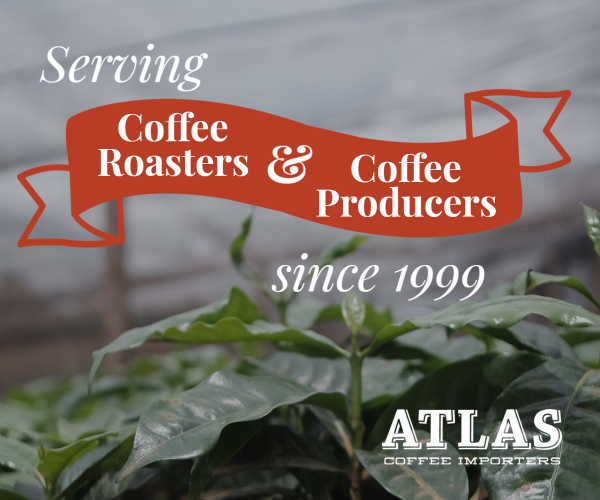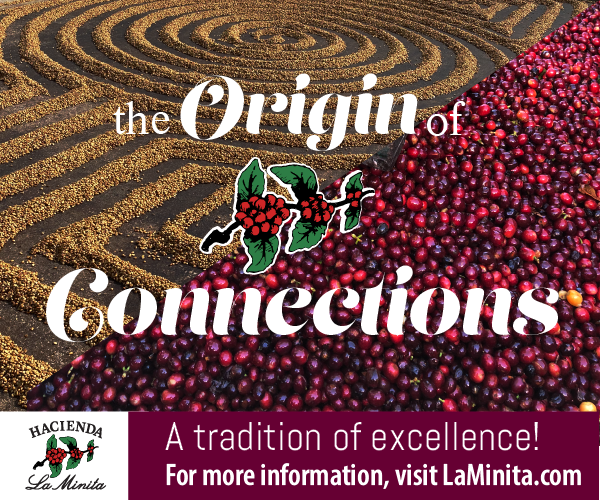(Editor’s note: We recently came across a new cupping form being used by the Minneapolis-based green coffee importer Cafe Imports and reached out to the company’s director of sensory analysis, Ian Fretheim. Here, Fretheim shares how and why the form came into being, while discussing many of its practical components.)
This form grew out of years of conversations between CEO and head of sourcing Jason Long and myself. The first concrete steps occurred back in 2012-13, with the development of our different cupping standards for various coffee processing methods. Prior to these we were cupping all coffees on a single generic standard whether they were washed, natural or even decaf.
Each year in our Sensory Analysis department planning meetings, Jason and I would discuss experimental cupping forms. We wanted a more descriptive scorecard, something that would be reflective of the cupping experience yet would also actively help us more easily discover the kinds of coffees we wanted to buy.
We looked at a number of different options and kicked around a few less conventional ideas, like post-cupping multipliers for weighting attributes, and subtracting points from 100 rather than building up from zero. Nothing quite had the traction to get going. Until now.
Quality and Intensity: Making it Work
The Cafe Imports Analytic Cupping Form really started coming together in November of 2016. I had been looking more into how sensory evaluation is run in other industries, and was just back from a short seminar on the topic.
We were on the wrong side of a battle that didn’t need to be fought. We were swimming against the current to score for quality, thinking of intensity as too fallible and unrefined a metric, all while framing the two metrics against one another.
Quality: requires significant simplification and specification
Intensity: requires precise elaboration and qualification
It occurred to me that I could build standards of quality into a form while asking cuppers to make intensity assessments. I could design the form to make qualitative assumptions so that my cuppers would not have to. More precisely, I could structure a scorecard to include simple and specific qualitative parameters that would elaborate on and qualify the intensity assessments I was asking my tasting panel to make.
Using the Scorecard
- All attributes are assessed for intensity. Check boxes are used to add or subtract points per specific qualitative factors (e.g. “jasmine”).
- This is a handicap 30 form. Add 30 points to your attribute total to arrive at a score out of 100.
- Absent positive flavors, assume that there is a present negative flavor.
- Generic, bland specialty coffee — say, 80 points — is assumed to have “mild positive flavors.”
Positive Flavors: Fruit, Floral, and Caramel
Score the intensity of perceived fruit, floral, and caramel flavors.
- Improperly fermented coffee can score very high in fruit. It will fare worse elsewhere.
- Caramel is a broad category comprising “sugar-browning flavors.” It is not the taste “sweet.”
- Fruit, floral, and caramel are not the only positive flavors in coffee. They are general categories of the primary positive flavors that we are seeking in specialty coffee.
- Within each of the flavor attributes, we have included qualitative additions. These are specific flavors or groups of flavors that are particularly prized. If a Yirgacheffe is intensely floral and tastes specifically of jasmine, the panelist can award it an extra point, for a categorical total of 11.
Coffee Tastes: Acidity (Sour), Sweetness and Bitterness
Score the intensity of perceived acidity, sweetness and bitterness.
- Acids may be identified in the notes.
- Sweetness, as far as possible, should be distinguished from flavor associations.
- Bitterness has the same graphic scaling as the other attributes, from lacking to intense. The numeric values have been inverted such that Intense receives 6 points rather than 10.
Tactility: Body
Score the intensity of perceived weight.
- By scaling from Thick (10) to Thin (6) we do not mean to say that thinner coffees are inferior. We simply seek to describe samples in a meaningful and uniform manner.
It has been fascinating to watch cuppers adapt to the new form. In many cases, it seems that the form is too straightforward. It presents a challenge to the typical tendency to overthink the cupping and assessment process. People will ask things like, “This one is herbaceous, how do I score that?” My response is, “Just score the attributes.” You don’t have to ask or, worse yet, guess whether something is good or bad. Just score it.
While the form challenges inherent complications that people bring to the cupping table, it’s also doing a great job of harnessing cuppers’ intuition and focussing it on the assessment. It’s really difficult for humans to assign value (meaningfully), but we’re great at comparing things in terms of more and less. When people first use the form they often preempt the post-cupping discussion with a little disclaimer about how their scores will probably be off. Frequently they’re surprised at how calibrated they turn out to be.
We’ve been using the new form for a few months now. It certainly still has its little kinks to be worked out. The form makes assumptions just like any other, and we’re still in the process of uncovering and defining those. Ideally I’ll be able to hone references to anchor each attribute (e.g. “mild” acidity, bitterness and sweetness solutions).
The next big step will actually be to revisit the cupping standards that I mentioned got this whole thing started so they can better reflect and inform the new scorecard. These things aren’t static. Feedback comes from everywhere. The trick is in figuring which loops to tap into, and which to let go.
Ian Fretheim
Ian Fretheim is the Director of Sensory Analysis at Cafe Imports.











Comment